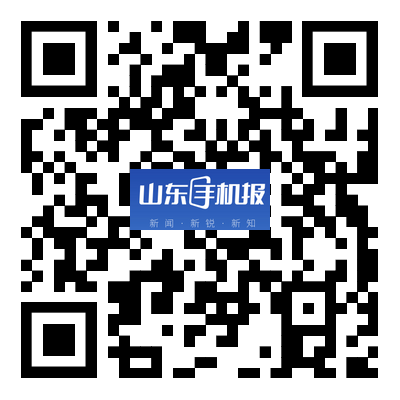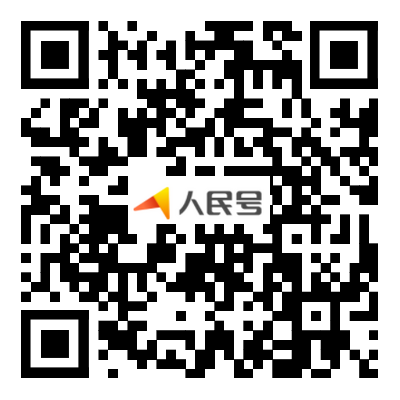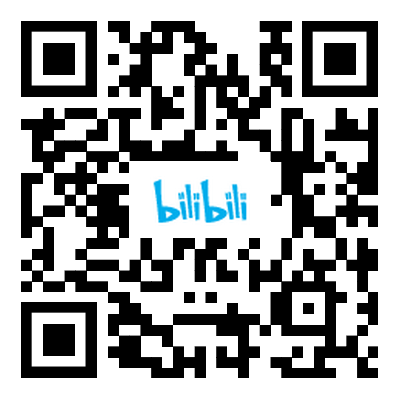
Choosing the Right Channel to Recruit Students and Map Out Routes for Student Water Collection
Recruiting students and mapping out routes for student water collection are important tasks that require careful planning and consideration. In this article, we will explore various channels and methods to reach students effectively, as well as how to design suitable transportation routes for water collection.
1. Utilizing School Communication Channels
School communication channels, such as bulletin boards, newsletters, and social media platforms, can be effective in reaching students. By posting recruitment messages and route information in these channels, we can easily connect with students and inform them about the opportunity to participate in water collection activities.
Additionally, school announcements, class presentations, and direct communication with teachers can also help spread the message effectively. These channels allow us to interact with students directly and address any questions or concerns they may have about participating in water collection activities.
2. Collaborating with Student Associations and Clubs
Collaborating with student associations and clubs can provide a direct connection to a specific group of students who share similar interests or goals. For example, if there is an environmental club or a community service club in the school, reaching out to them can be highly beneficial in recruiting students for water collection activities.
By partnering with these clubs, we can leverage their existing network and influence to spread the message to a wider audience. Not only will this help in recruiting more students, but it will also create a sense of community and shared purpose among participants.
3. Engaging with Parents
Parents play a crucial role in influencing their children's activities and decisions. By actively involving parents in the recruitment process, we can ensure that the message reaches students effectively. Regular communication via newsletters, parent-teacher meetings, and school events can be used to inform parents about the water collection initiative and encourage them to discuss it with their children.
Furthermore, creating a dedicated parent support group or committee can provide a platform for parents to actively engage and contribute to the planning and implementation of the water collection activities. This involvement can strengthen the overall success of the initiative and increase student participation.
Designing Suitable Transportation Routes for Water Collection
When mapping out routes for student water collection, it is essential to consider factors such as safety, accessibility, and efficiency.
Firstly, the safety of the routes should be prioritized. Identifying pathways with minimal traffic, pedestrian-friendly sidewalks, and well-lit areas is important to ensure the well-being of the students during their water collection journey. Safety measures such as installing surveillance cameras or assigning adult volunteers to accompany students can be considered.
Secondly, the routes should be easily accessible for all participating students. If there are students with physical disabilities or limitations, it is crucial to ensure that the routes are wheelchair-friendly and have appropriate facilities to accommodate their needs.
Finally, the routes should be designed to optimize efficiency. Identifying the nearest water sources and mapping out the most direct pathways can help minimize the students' travel time and maximize the amount of water collected. This can be achieved through collaboration with local authorities, community members, and stakeholders who are familiar with the area.
In conclusion, choosing the right recruitment channels and designing suitable transportation routes are crucial steps in successfully engaging students for water collection activities. By utilizing school communication channels, collaborating with student associations, and engaging with parents, we can effectively reach students and encourage their participation. Additionally, designing safe, accessible, and efficient routes will enhance the overall experience and efficiency of the water collection initiative.













